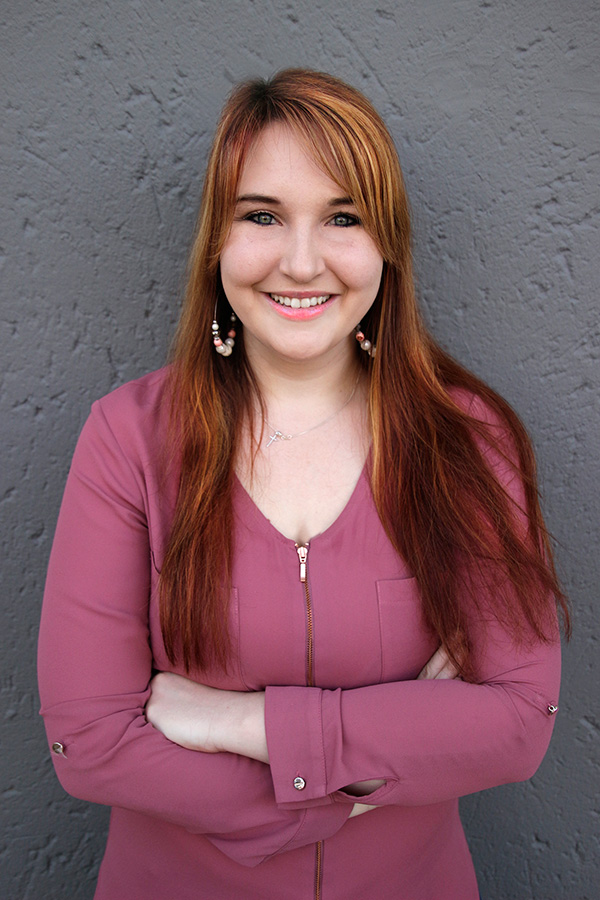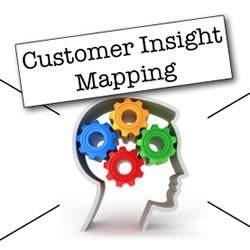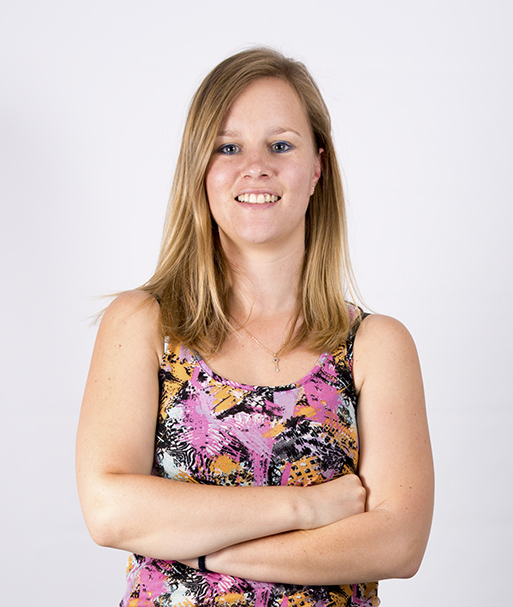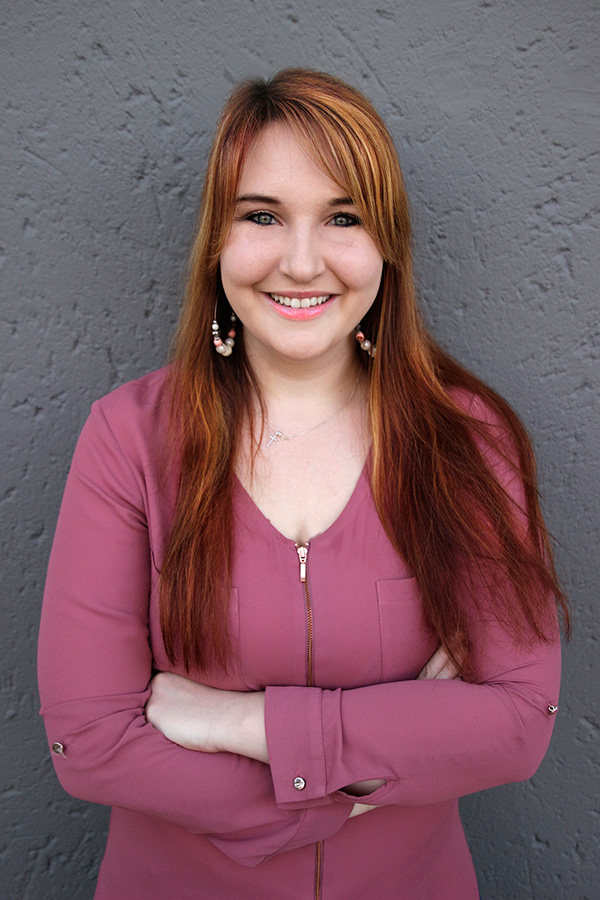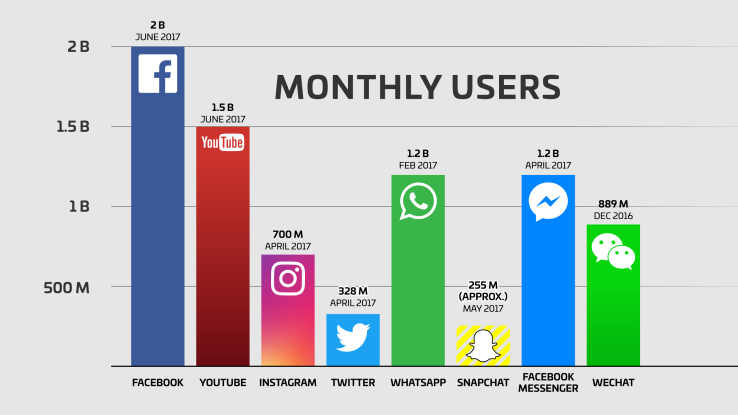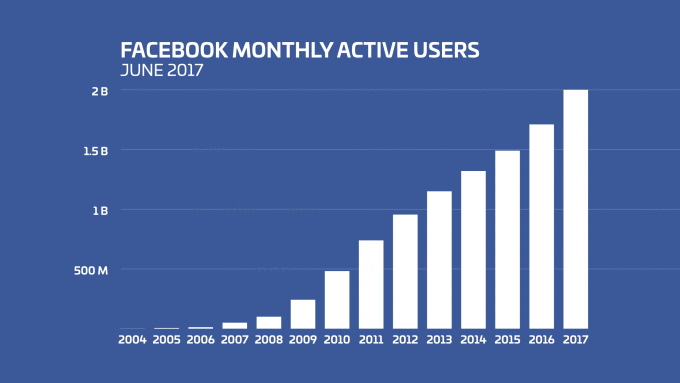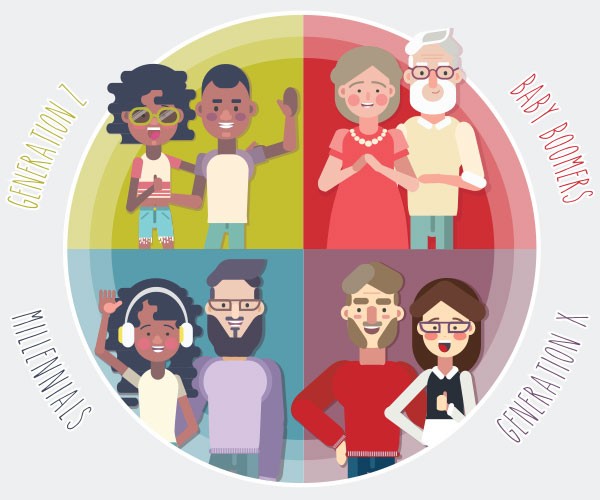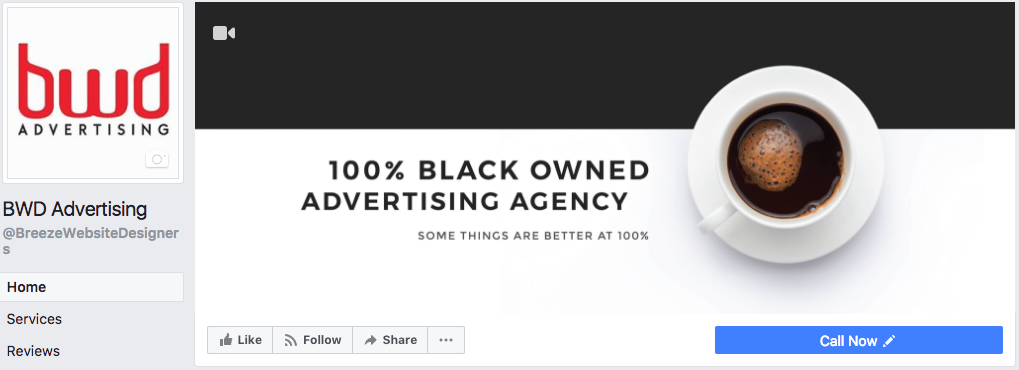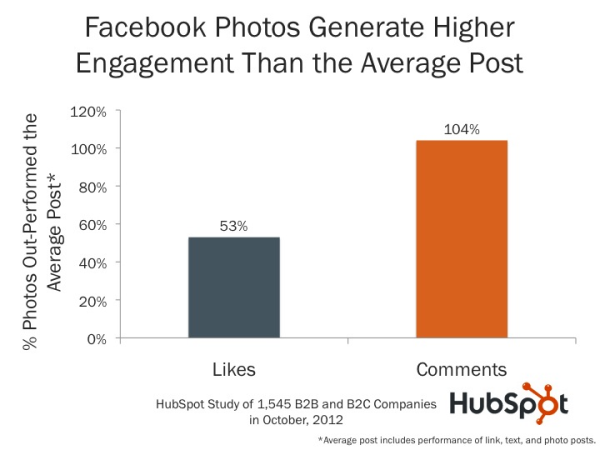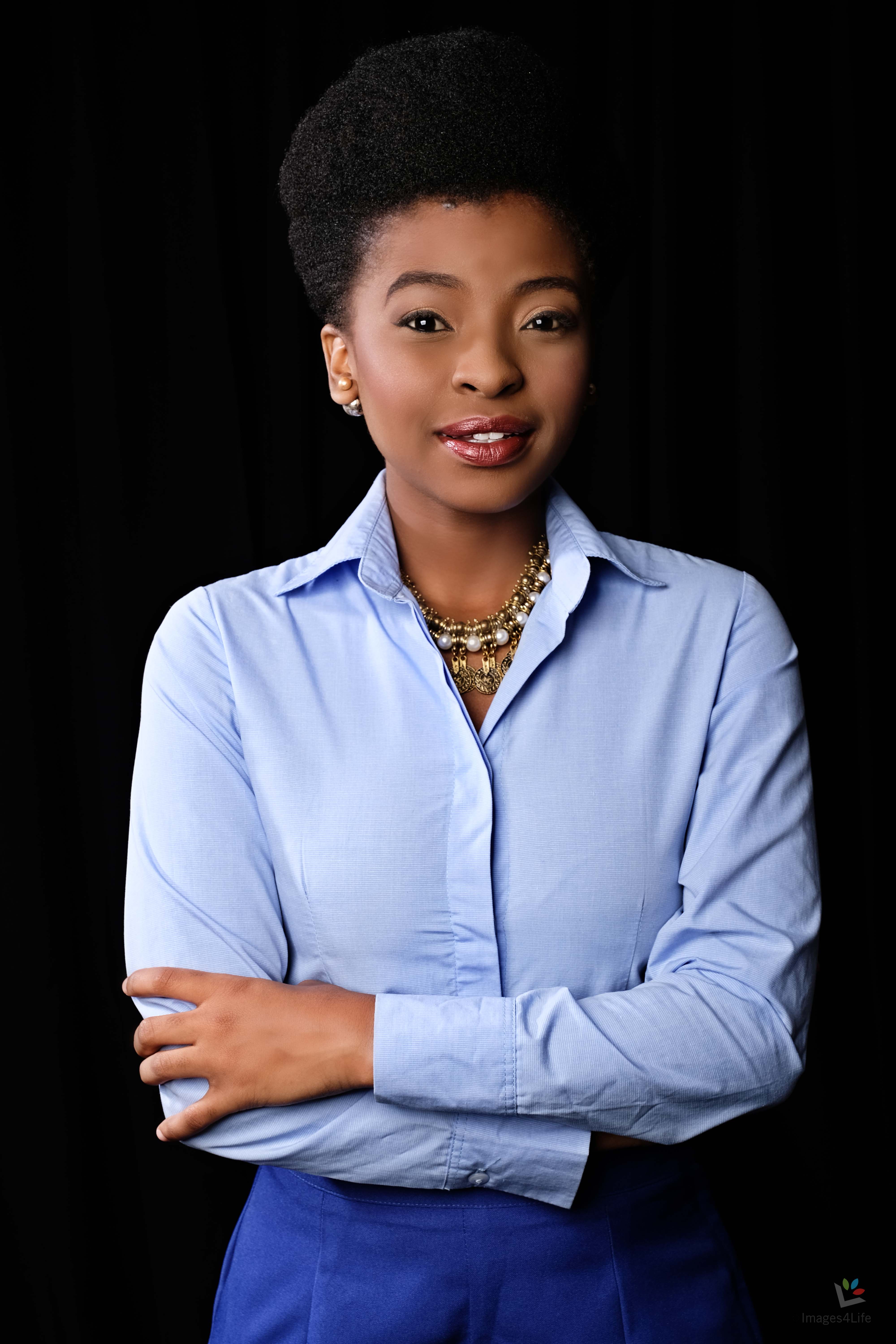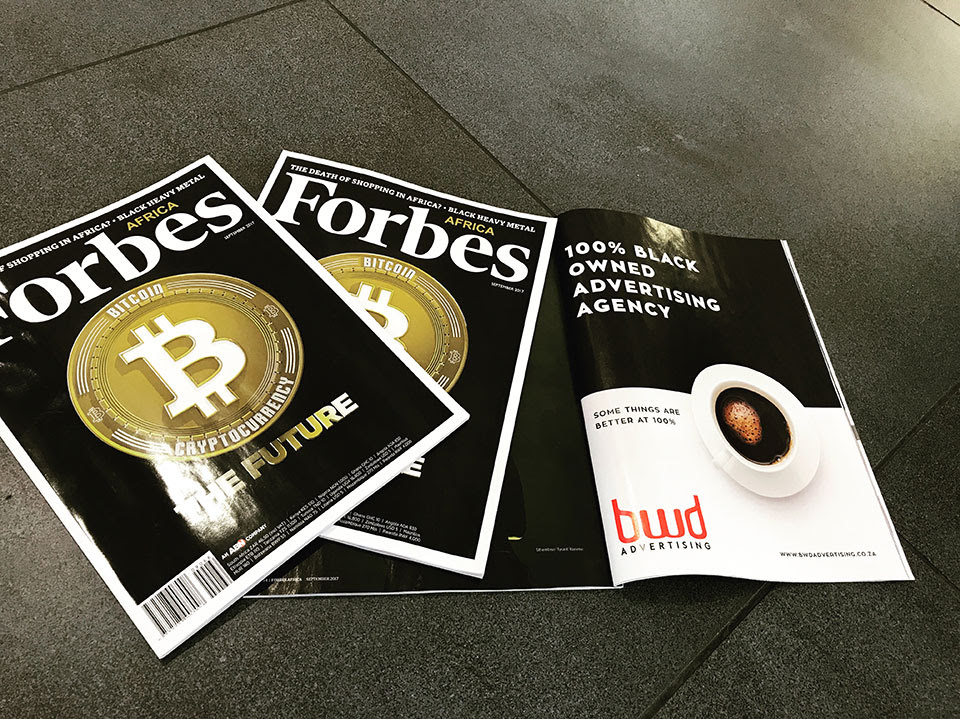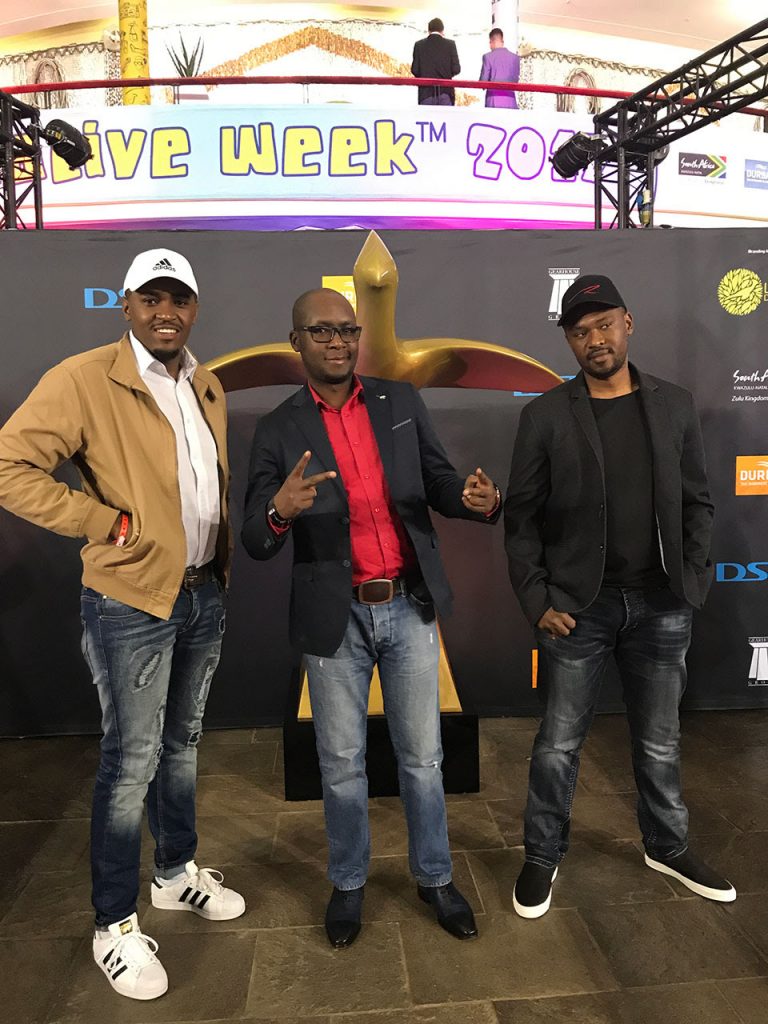Posted at 17:19h
in
Thought Leadership
https://soundcloud.com/kayafm959/transformation-in-the-advertising-industry
Transcript
Man: Kaya Biz. Kaya Biz, Entrepreneurs On The Move.
Gugu: If you’re an entrepreneur and want to get some insight as to how your peers are getting it right and some lessons that you can learn from their activities, give us a ring 086-000-0959 as we sit down in a conversation today with Bongani Gosa. This is probably a name quite synonymous with many of you who work in the advertising or creative space. He is the owner as well as the co-founder, and CEO of BWD Advertising, one of the very few 100% black-owned South African advertising agencies. And if you don’t know them, you might have seen the billboard. If you haven’t seen the billboard, just Google BWD’s 100% black-owned advertising agency billboard. And maybe that’s where we need to start, Bongani. Good to have you with us in the studio.
Bongani: Thanks. Thanks, Gugu, for having me.
Gugu: You caused quite a stir excuse me, a few months ago with quite a provocative billboard, or that is what it was described at the time. A cup of coffee, black strong cup of coffee, next to, it said, “100% black-owned advertising agency, some things are better at 100%.” That essentially tells us your story and where your business comes from, right?
Bongani: A hundred percent. In fact, the thinking behind the billboard was overly simplistic because we believe that good advertising starts a conversation. So those are words of Pepe Marais, the guy that runs Joe Public, those are his words. So, we pretty much aim to start a conversation.
Gugu: For those of us who don’t know who Joe Public is, remind us.
Bongani: It’s the biggest independently-owned agency in SA. Yeah, so the idea behind the billboard was just to start a conversation around transformation because advertising industry is one of the most un-transformed industry in SA, so.
Gugu: Have you got stats as to how many black-owned or black-run, black-managed advertising agencies there are in South Africa?
Bongani: I don’t have the actual numbers if I have to be honest with you. But there is a website, blackagencies.co.za, that’s where you can check the bulk of the black agencies in SA. But there’s not a lot. And then in terms of size, most of them are small. So that’s why I’m saying transformation is a bit of a problem.
Gugu: Let’s talk about how you get it right. You’ve been running this journey for quite a few years in partnership with a lot of your colleagues. How did you step out of moving from your comfort zone in a corporate environment, where you yourself was working for an advertising agency and then decided, “You know what? Bite the bullet, let’s establish this firm,” and managed to get blue chip clients?
Bongani: It started a little bit early. I started, I think, maybe I was 22 or something like that because I started in 2006. So I always saw, like, a gap in the market because the company started mainly as a website design company. And then from a website design company, became a digital agency, just mainly adapting to the needs of the clients that we were servicing at the time up until now, we became a full-service agency. But [inaudible 00:03:00] that the chain has been easy. Because we had to close shop, like, twice in the past because of cash flow and complications.
Gugu: And those are the one critical rules about cash flow, right, for entrepreneurs?
Bongani: Yeah, no, no cash flows is a bit of tricky, tricky one. Like I was saying, I started without understanding how business works. That’s why, pretty much, we had to close shop, like, twice.
Gugu: What about skills? Because for a lot of entrepreneurs, for you to actually attract the right skills and the talent pool, especially in the advertising agency, which can help you reach your goals and objectives, is often quite challenging. Because as you say, you struggle with cash flow, which means you’re not the very sexy paycheck, but, of course, there are other incentives there. Well, how did you get it right and do it differently?
Bongani: I suppose it was a constant learning process over time, so…because we’ve been running without any interruption since 2010. So it’s, like, seven years without any issues.
Gugu: Kudos to you.
Bongani: Yeah. That doesn’t [inaudible 00:03:56] it’s because after closing twice, you learn quite a few things. So like you were saying, one of those issues is skills. Because I can tell you now how skills affect your cash flow. So if you’re working with, like, a team or maybe someone that’s not as competent as they should be, what then happens is that their work tends to get rejected by clients. And then if clients rejecting work, they can’t pay for stuff that’s not completed. And then the issue is that as that work’s getting rejected, month end is coming closer and closer and closer. And then when end month comes, you have to pay salaries, you have to pay rent, you have to pay pretty much, a lot of things. And then because you are running with stuff that is not up to speed, then you run into stuff like cash flow problems.
Gugu: Some key lessons here from entrepreneur Bongani Gosa, who is the founder of BWD Advertising, one of the very few 100% black-owned advertising agencies here in South Africa. And he joins us for our Entrepreneur On The Move feature here on Kaya Biz.
We’ve touched very briefly, obviously, on transformation, your journey so far as being an entrepreneur. But I also want us to get some market insight into the field that you’re in, especially you touched on digital just a moment ago, clients also being incredibly demanding. What’s that environment like for anyone, especially an entrepreneur like yourself who looks to retain clients? But, obviously, clients become incredibly more demanding and you have technology to contend with. What are the dynamics that we see with regard to digital, more demanding clients, and using technology as an enabler and not necessarily as a threat?
Bongani: There is quite a number of things that are happening, but I suppose, if I can maybe speak for us as a black-only agency, our biggest issue is just mainly getting new work. And that’s pretty much the same problem across the board for the bulk of black-only agencies, you know.
Gugu: Why is that?
Bongani: It’s just that big clients or marketing managers, procurement managers have found… I don’t know. They are struggling to give us opportunity to run with bigger campaigns because we often find ourselves planning with small campaigns that make it difficult for us to grow into, like, these massive, big agencies that are out there.
Gugu: Can we change that?
Bongani: Yes, we can change that if the government is also trying to change that with MAC Charter, so in fact…
Gugu: What is the MAC Charter?
Bongani: It’s the marketing, advertising, and communication charter that aims to kind of transform the marketing industry. It addresses, like, different things, like ownership, management control, and skills training, social responsible marketing and a lot of factors. So, yeah.
Gugu: So, what does that mean for someone who might be listening right now, might have an interest in joining the marketing and advertising space, what key considerations do they need to be in mind, given the structure that you’ve alluded to, and how they need to be agile and competitive enough with some of the bigger players in this industry?
Bongani: What I can say is that I suppose now, it’s pretty much the best time for new entrants to come into the market, as much as they will be competing with us.
Gugu: I like that you’re welcoming competition [foreign language 00:07:07].
Bongani: No, this is… I don’t want to lie. This is arguably the best time for them to do so. That’s why we also put up our billboard earlier this year because we could see that it’s probably the best time for black agencies to put their hands up and shine and do incredible work.
Gugu: But what needs to be the differentiator, though? I’m all for empowering black business. In order to ensure black businesses are sustainable, that they reach a significant level of growth as well, and, of course, that they have a competitive edge, you need to be more than black, right, come with something more to the table.
Bongani: A hundred percent. They need to create great work. They need to do good work. So there’s quite a number of other agencies, black agencies that are doing good work. In fact, two of them won awards earlier this year at the Loeries. So they just also need to do good work if they are going to come into the market. Because for us, as BWD, our slogan is that, “We grow when you grow.” So our aim is to grow our clients so that when they grow, we can also grow. Because, as they grow, then they increase the budget that they’re spending on us. So that’s pretty much how you approach that. I suppose that’s one of the reasons why we are still here. We haven’t closed up again because our objective is to help our clients grow.
Gugu: Exactly. We literally have a minute to wrap this conversation up, but someone might be listening and have a keen interest in actually joining the advertising space. Other than having capital to start up the entity, what else is required?
Bongani: There’s quite a lot that is the required. What I would suggest is that…so there is this initiative that we are running at work is called Each One Teach One, so it’s eachoneteachone.co.za. It’s more of a mentorship platform where upcoming entrepreneurs can apply for mentorship to sit with guys like myself or pretty much anyone in the industry to say, “Hey, how can you help me set this thing up” or, “Can you help me take my business to the next level?” So what I would suggest is that they go to Each One Teach One, apply for mentorship, then we can have a discussion. Because there is no one quick thing that I can say, “Do X, do Y, do that, and the whole thing just runs smoothly.” Like I’m saying, we’ve closed shop twice.
Gugu: You need a formula, but you need to consistently remain very agile quite fairly to adapt to the environment.
Bongani: Hundred percent.
Gugu: Bongani, it’s always a pleasure having you. Unfortunately, always limited time, too, but fantastic having you on. And I like the fact that you’re encouraging other people to come into the landscape and growing the pie instead of [foreign language 00:09:24]. That was Bongani Gosa who is the founder of BWD Advertising, one of the leading black-owned advertising firms within South Africa.


